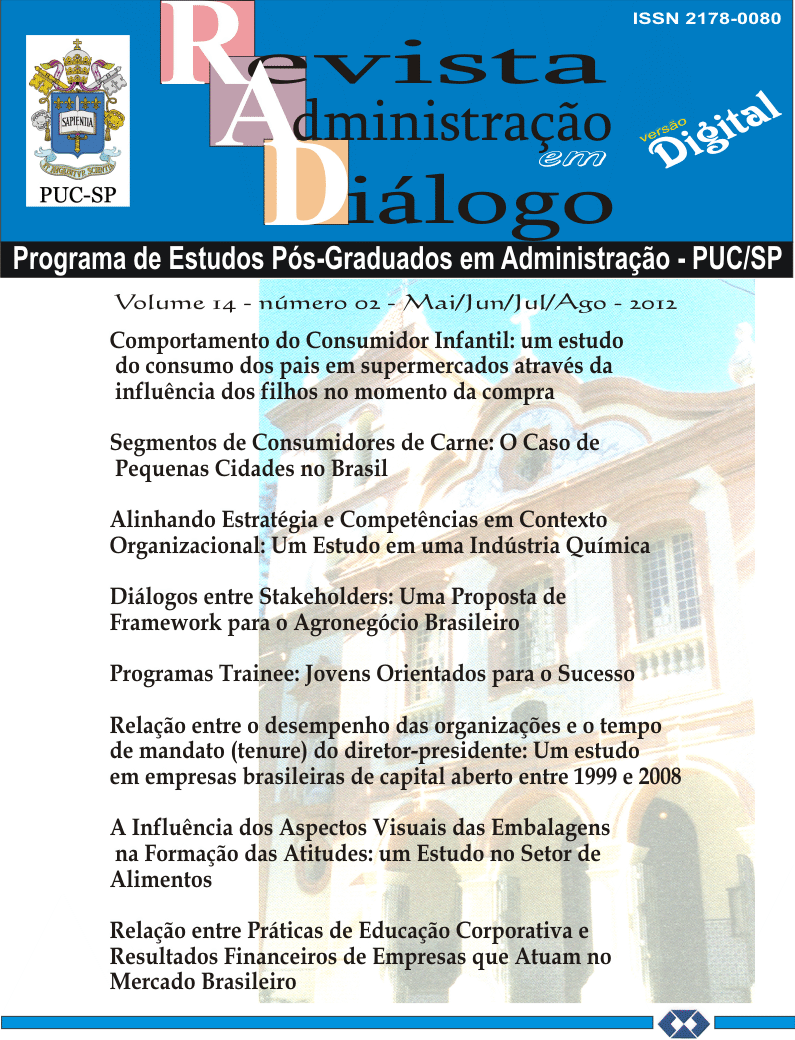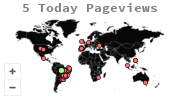A influência dos aspectos visuais das embalagens na formação das atitudes: um estudo no setor de alimentos
DOI:
https://doi.org/10.20946/rad.v14i2.12810Keywords:
Comportamento do Consumidor, Atitudes, EmbalagemAbstract
O presente trabalho tem por objetivo conhecer a possível influência das características visuais das embalagens de alimentos na formação das atitudes do consumidor, representadas pelos componentes cognitivo, afetivo e conativo. Para isso, optou-se por uma pesquisa de cunho exploratório, qualitativa, com a realização de entrevistas em profundidade a partir de uma amostra não probabilística, selecionada por conveniência. As doze consumidoras entrevistadas puderam falar dos atributos das embalagens que elas consideravam mais importantes e, a partir de tais resultados, foi possível interpretar as opiniões levantadas utilizando-se a técnica da análise de conteúdo. Os resultados da pesquisa sugerem que as características visuais das embalagens provocam opiniões, sensações e inferências a respeito dos atributos do produto, o que demonstra a ligação existente entre as cores, ilustrações, formatos, textos, desenhos e os demais aspectos visuais das embalagens e a formação das crenças, emoções e intenções comportamentais do consumidor. De forma geral, pode-se concluir que os atributos visuais das embalagens ajudam a formar as atitudes dos consumidores, a construir a imagem da marca, a formar conceitos sobre os fabricantes, a suportar outras ações promocionais, a comunicar e agregar valor ao produto.Metrics
Downloads
Published
How to Cite
Issue
Section
License
Authors who publish in this journal agree to the following terms:
1. Authors retain the copyright and grant the journal the right of first publication, with the work licensed simultaneously under a Creative Commons Attribution License after publication, allowing the sharing of work with acknowledgment of the authorship of the work and initial publication in this journal.
2. Authors are authorized to take additional contracts separately, for non-exclusive distribution of the version of the work published in this journal (eg publish in institutional repository or as a book chapter), with acknowledgment of authorship and initial publication in this journal.
3. Authors are allowed and encouraged to publish and distribute their work online (eg in institutional repositories or on their personal page) at any point before or during the editorial process, as this can generate productive changes, as well as increase the and the citation of the published work (See The Effect of Free Access).








